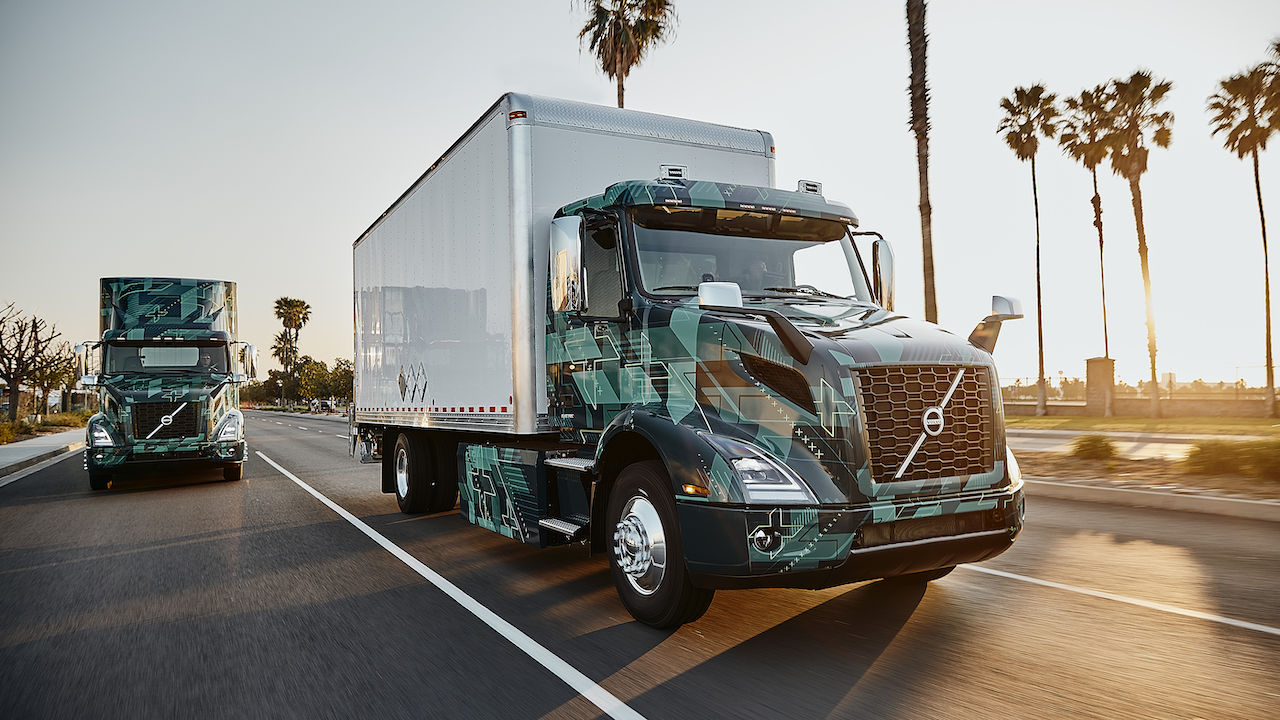Electrified heavy transport will help to reduce CO2 emissions and improve air quality in our cities. This is a great goal, and so are the challenges, both in terms of technical innovation and of deployment.
Europe rightly takes pride in its vanguard role in the green transition – yet it is the US where pioneering the electrification of heavy transport takes place at scale.
In 2019, as demand for goods in the US continued to reach record highs – with more than 70% of all goods transported via trucks – the nation’s cities were facing an increase in congestion, noise and air pollution. No single entity could unilaterally solve this societal challenge. This was the starting point for a pioneering partnership between government bodies, manufacturers and funding institutions to design a blueprint for the introduction of zero-tailpipe emission trucks and equipment into the market at scale. What was not anticipated was just how quickly transformational results would be delivered.
Pioneering together with public entities in the US – a success story
Volvo LIGHTS (Low Impact Green Heavy Transport Solutions) was a three-year partnership between us at Volvo Group, California’s South Coast Air Quality Management District (AQMD), and 12 other organizations. The project was made possible by a $44.8 million award as part of California Climate Investments (CCI), one of the most effective public funding systems in the world. In addition, through substantial match funding, California has awarded five other zero-emission truck and infrastructure projects with focus on implementation.
Thanks to the transparency, creative thinking and collaborative approach of all partners, the Volvo LIGHTS project delivered definitive results in the important areas of vehicle technology, charging infrastructure and sales and service support. All three areas are vital for the successful deployment of sustainable transport solutions:
First, getting new truck models to market: the introduction of zero-tailpipe emission Class 8 Volvo VNR Electric trucks to Southern Californian fleets led to a speedy introduction to the US market (December 2020). It also proved the point that that heavy-duty battery electric vehicles offer considerable lifecycle emission reduction benefits – 65% in total energy, 81% in fossil energy and more than 80% reduction in greenhouse gas emissions.
Second, creating the right infrastructure to power trucks: the installation of private network charging stations for trucks by Shell Recharge Solutions provided average and high-powered DC fast chargers which integrated with Volvo’s truck telematics to balance the needs of vehicles, facility and utility grid.
Third, spreading skills to maintain our trucks: Never forget the human element – setting up programs to train heavy-duty electric truck technicians through Rio Hondo College and San Bernardino Valley Community College was key, as was the establishment of the Volvo Trucks Certified EV Dealer program to help fleets achieve their zero-emission transportation goals and ensure maximum vehicle uptime.

Global change via the California model
With political will, the California partnership model can be replicated across the world and help deliver the rapid and transformational change needed to meet our climate goals. Key ingredients for this recipe are a) the collaborative approach of all parties and b) the ability of the funding system to quickly and efficiently lay the foundation for a cohesive exploration into sustainable technologies.
As a world leading manufacturer of trucks, buses, construction equipment and marine and industrial engines across 190 markets and four continents, we understand the complexities – and benefits – of research and innovation. We also have the advantage of comparing regional innovation systems. One insight is that market adoption of new truck types – and therefore impactful change – is more feasible in countries with more deployment-focused, progressive funding projects.
Can Europe be next?
For Europe to move to electrified heavy duty transport, EU-level and national policy makers should urgently assess how to learn from the California approach and how to replicate it in a European setting. Promoting innovation and achieving immediate market scale-up are key – and we have to be especially mindful to avoid silo-thinking during the execution phase.
Our message to EU research & innovation funding institutions is simple: let us work in partnership to make market scale-up a tangible commercial success for the benefit of all of Europe. For this the EU needs to ensure that state-aid rules can accommodate seamless support for a scale-up of successful innovation results and their effective deployment. Our current means are too limited, even if we already see several promising partnerships in the EU like REEL, a Swedish initiative where leading players have joined forces to accelerate the transition to electrified emission-free heavy transport on our roads.
For the EU to succeed as a global leader in delivering sustainable growth and braving the climate challenge, we need to look beyond our borders for best practice examples. If we are truly making the deployment of R&I results our priority, then EU state aid rules must shake off the traditional way of thinking because it stands in the way of future competitiveness and large-scale innovation.

